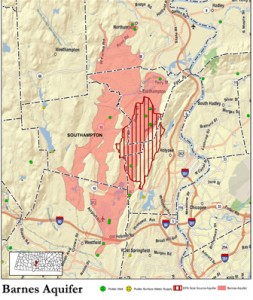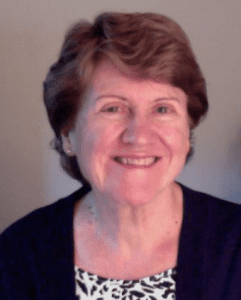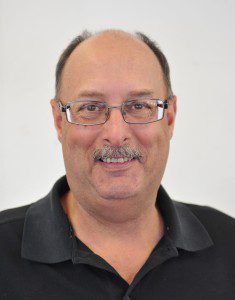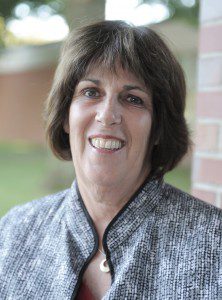WESTFIELD—The city council’s natural resources committee officially received suggestions for zoning related to water protection from the Barnes Aquifer Protection Advisory Committee (BAPAC).
The suggestions came in a letter addressed to committee chair and ward one councilor Mary Ann Babinski, and were discussed during last night’s natural resources subcommittee meeting. The suggested changes were previously discussed by both BAPAC and the committee tentatively. The letter suggested that changes be made specifically to Westfield’s Water Resource Protection District zoning ordinance, in an attempt to better protect the Barnes aquifer.
“I would like to make the suggestion that we incorporate everything put in here,” Babinski said at the meeting. “That would give us the most protection.”
The letter revolved around three specific changes to language within the applicability section, definitions and special permits and dimensional and coverage requirements within the ordinance. In addition, “broader thoughts” were discussed in the letter for the committee’s consideration, including points about airport land in the city.
For changes to applicability in the ordinance, the letter suggested that “where a parcel is partially within the water resource district, the ordinance applies to the entire lot and remove the possibility of a special permit exemption, which weakens protections.”
The committee made some positive comments about the suggestion, but with a large caveat.
“If we don’t know how many parcels are affected by this it’s difficult to make a decision,” committee member and ward two councilor Ralph Figy said. “I need more information, it sounds good but I don’t want to hamstring something in the future.”
Babinski agreed to look into what parcels may be affected by this possible change and agreed to discuss her findings at the next meeting.
Regarding definitions within the ordinance, BAPAC suggested a “better definition for ‘Zone II’ to promote understanding about the nature of this zone.”
From the city’s Water Resource Protection District zoning ordinance, zone II qualifies as:
“That recharge area of an aquifer which contributes water to a public drinking water well under the most severe pumping and recharge conditions that can be realistically anticipated; further defined under the Massachusetts Drinking Water regulations 310 CMR 22.00, and the delineation of which is approved by [Massachusetts Department of Environmental Protection].
The letter cited the definition provide from the Massachusetts Office of Geographic Information’s “explanation of a Zone II,” which included the “area of an aquifer that contributes water to a well under the most severe pumping and recharge conditions that can be realistically anticipated.”
Once again, due to the nature of the information, the committee agreed to allow Babinski to speak with the planning department regarding this suggestion.
Regarding special permits and dimensional and coverage requirements, the letter made a suggestion to look at the currently allowed amount of impervious ground, which is ground that does not allow for water to seep through to groundwater systems, that is allowed within the district.
One concern regarding impervious ground is that as stormwater runs off, there is a potential for hazardous or harmful materials to leach off the ground and into streams or other water sources. The city currently allows up to 70 percent impervious ground be developed through special permit in Water Resource Protection District, with 15 percent allowed before special permitting is required. In addition, according to Dave Billips, director of the Westfield Department of Public Works who also attended the meeting, the city has regulations in place on proper stormwater runoff plans.
“I’m pushing for a maximum of 20 percent because that’s all the recommendations that I have seen, if you’re serious about protecting the quality and quantity of water,” Babinski said.
Figy, as well as Ward Four councilor and committee member Mary O’Connell however, voiced their concerns with the strict suggestion made by Babinski.
“I think you’re going to shut something down,” Figy said about the implications of Babinski’s suggestion.
“Anything that comes out of here has to go to 13 votes on the council floor, we have to be realistic,” O’Connell said in response to the suggestion.
The committee agreed on investigating the possibility of a suggestion for a 60 percent cap on impervious land through special permitting.
In the letter, BAPAC also suggested that the use of a 70 percent threshold for impervious land on airport area should also be looked at, as well as “whether the exemption of aircraft related activities and aviation fuels under the Prohibited Uses section of the ordinance are back by standards that adequately protect drinking water supply.”
The committee is awaiting a meeting with officials from Barnes Regional Airport to discuss further.





